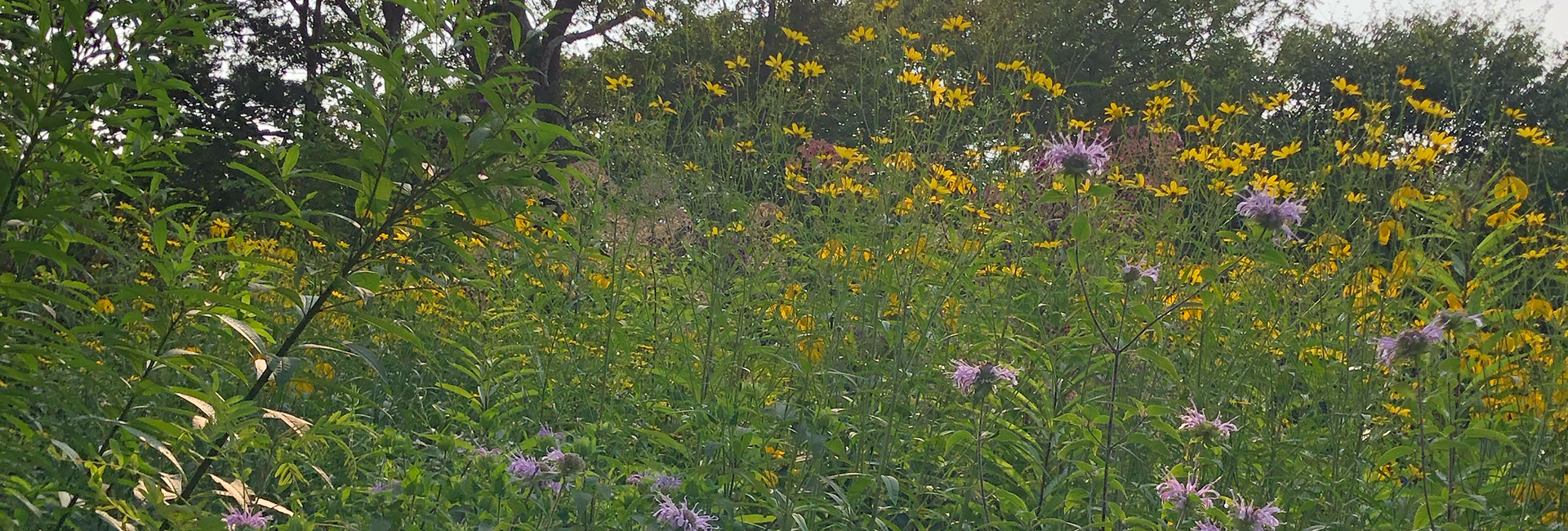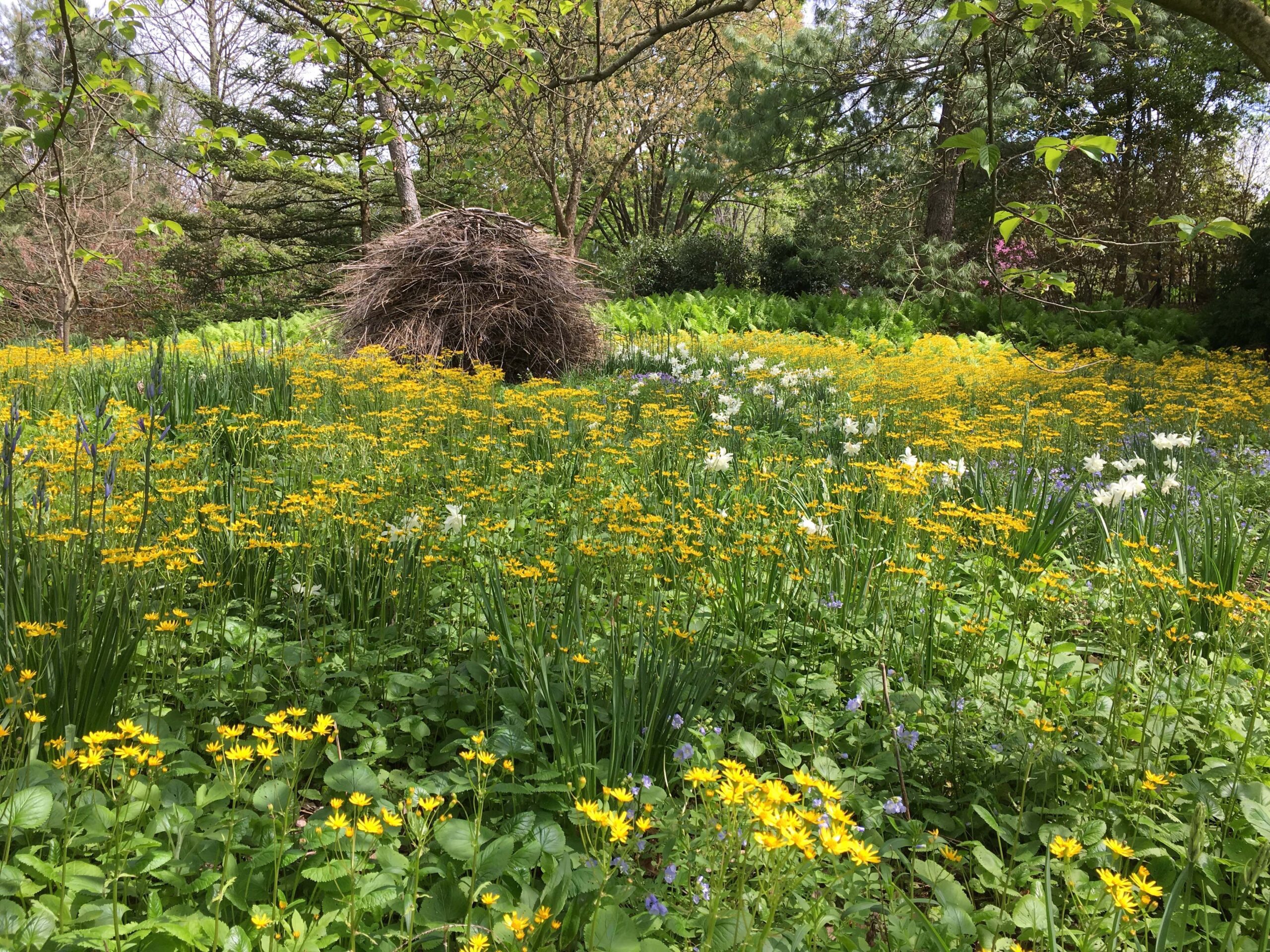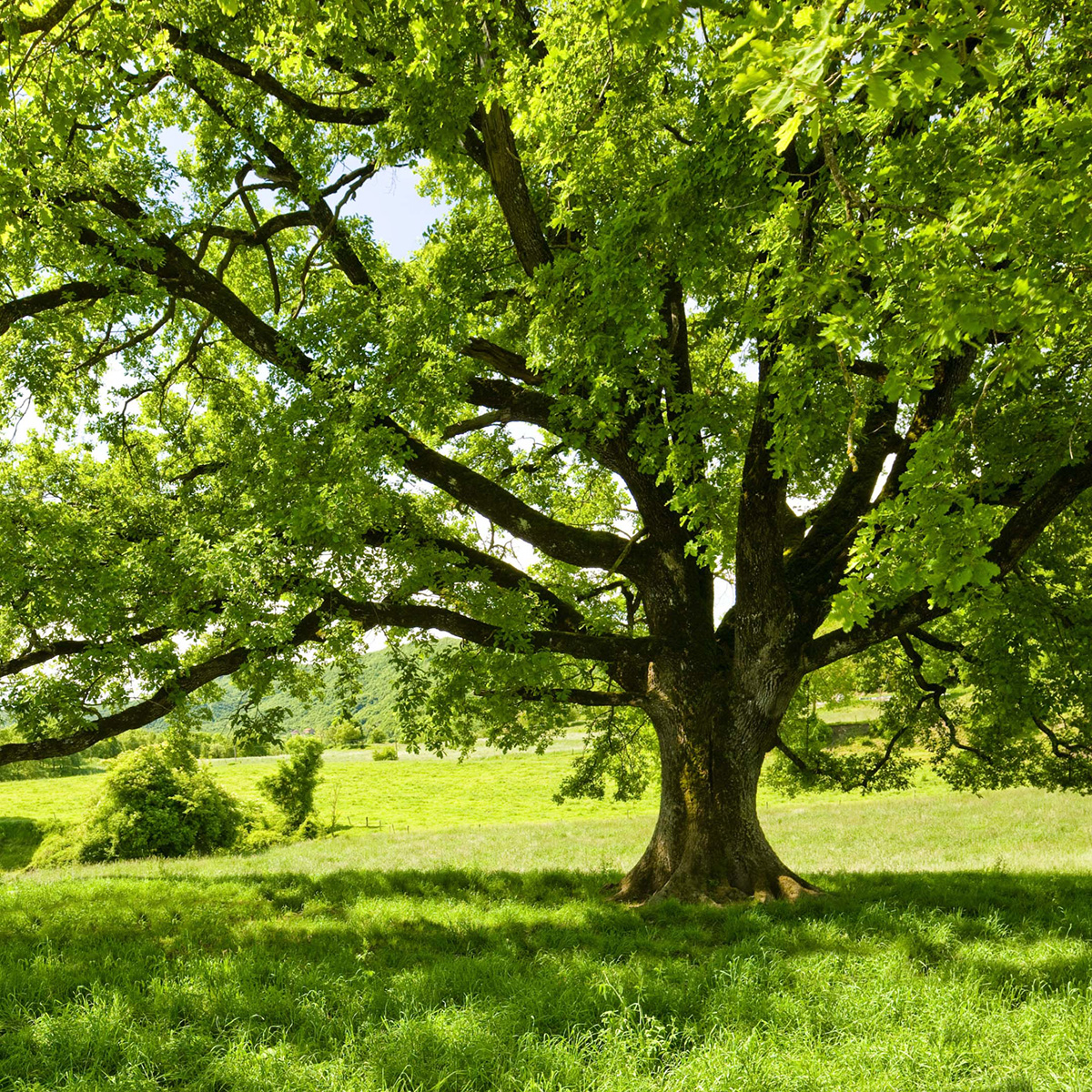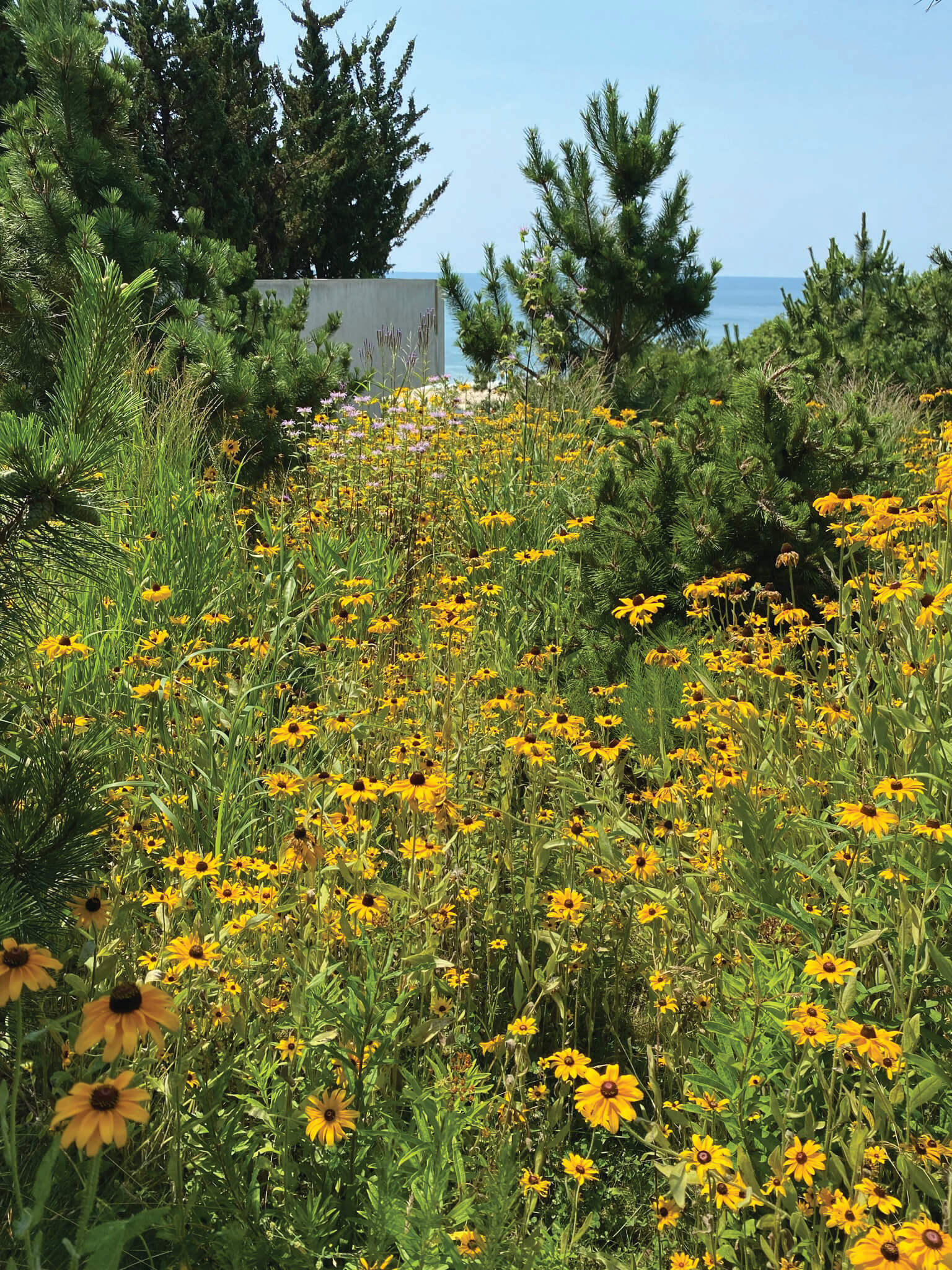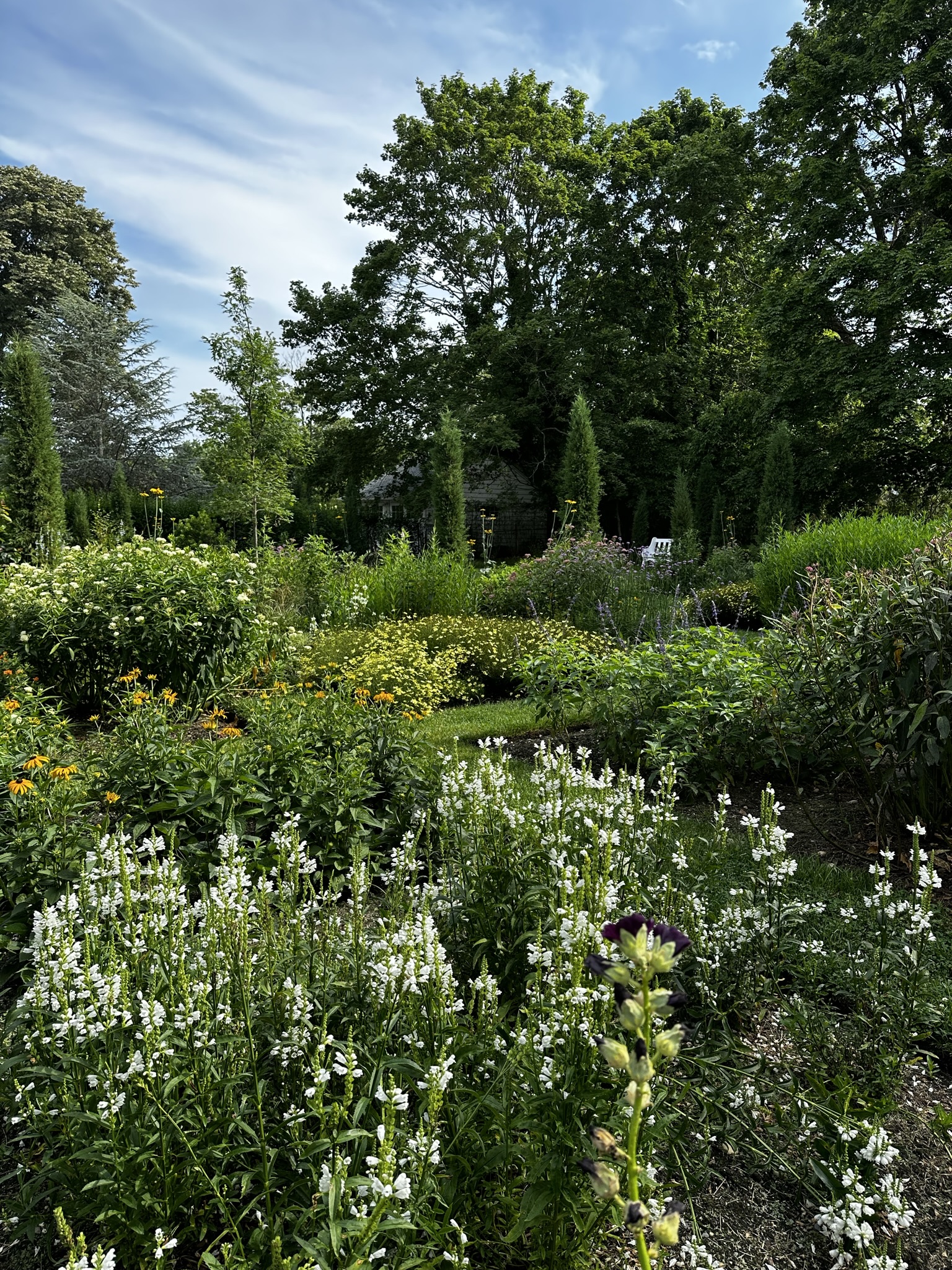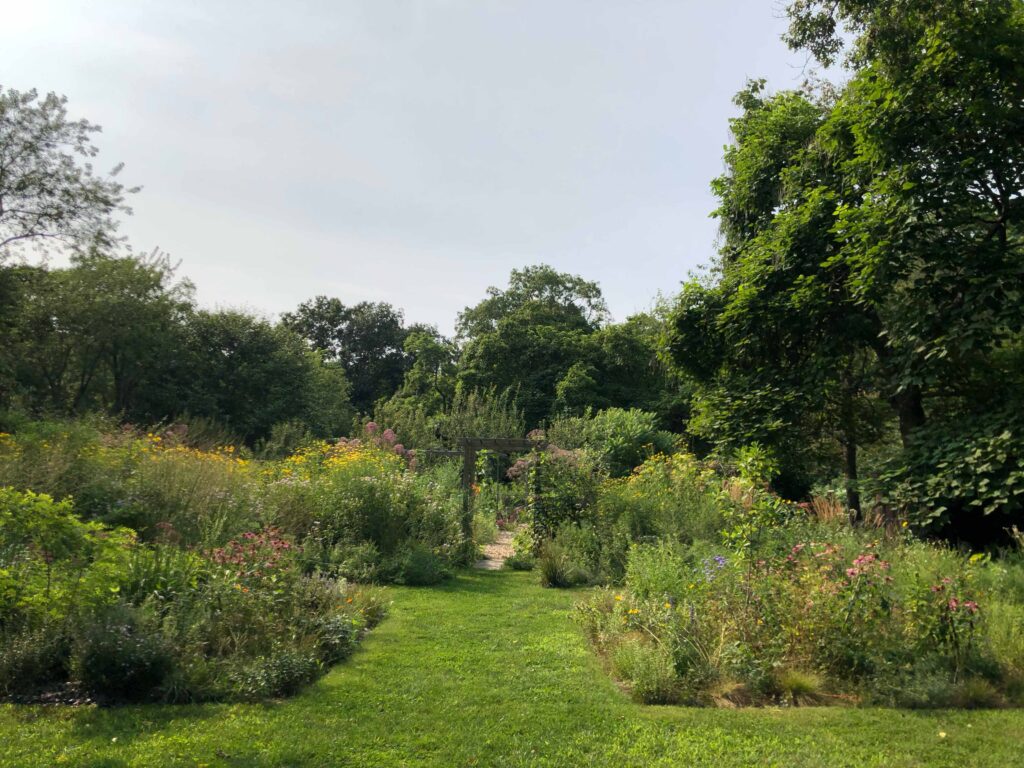
It’s a new year, new garden—or, rather, a new way to tend to your garden. And there’s a lot to be hopeful about. Gardeners across the U.S. want to be more sustainable. According to a recent National Gardening Survey a third of people are now choosing plants to support wildlife and a quarter of them are specifically seeking out native plants. That’s cause for celebration. But we can do more. Let’s bid adieu to outdated gardening norms and forge a green path to a healthy and sustainable future. Here are seven easy nature-based gardening practices we can all do:
Set mood lighting . . . for insects and other nocturnal wildlife like fireflies, migrating birds, and moths, that is. These beloved creatures are all negatively impacted by bright artificial lights. Fireflies, in particular, are suffering great declines. According to Xerces’s guidebook Conserving the Jewels of the Night, artificial lights can “obscure natural bioluminescence,” which makes it hard to find mates and avoid predators. Instead of lighting up your yard like a sports arena all night long, opt for warm LED lights only (avoid short-waved blue lights) in areas when you need illumination for safety. Make sure bulbs point downward and install a motion sensor so they only go on when needed. Learn more at Dark Sky International.
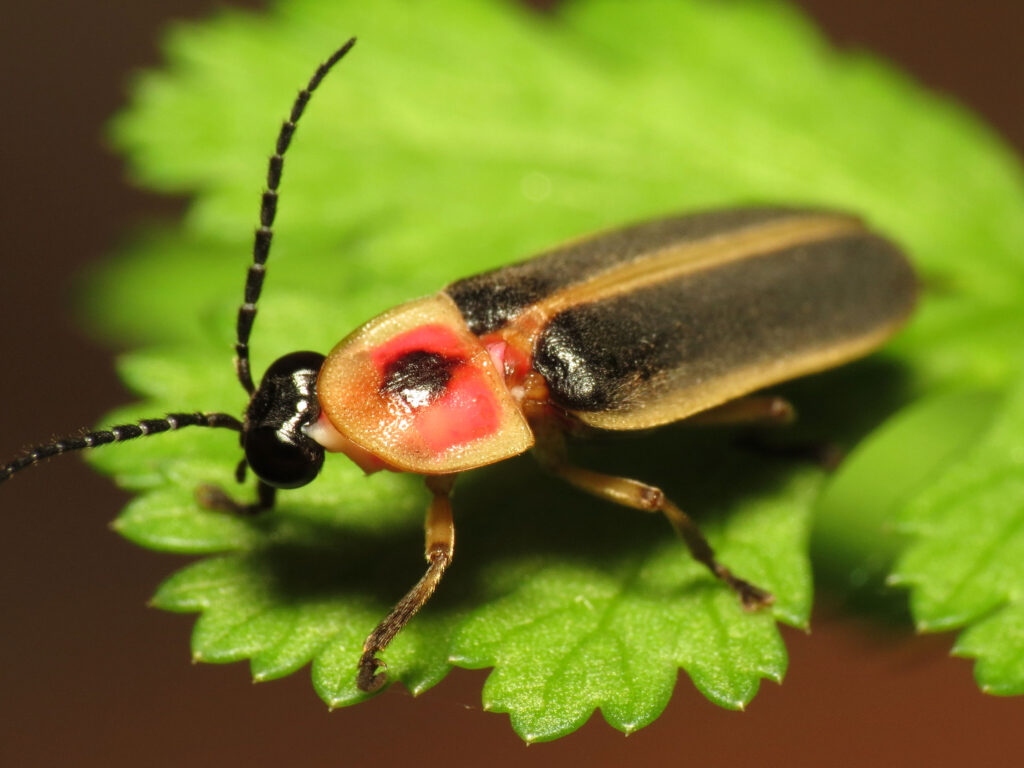
Whether you call them fireflies or lightning bugs, these illuminating beetles need our help. Turn off the lights, stop using pesticides, provide habitat, and consider joining a community science project like Firefly Atlas to help protect them. Photo credit: Katja Schulz
Free your garden! Why be a fashion victim when you could be the queen of eco chic? Just because your neighbors have a manicured lawn and tightly clipped hedges, doesn’t mean you should. Nature doesn’t want to be controlled—nor should it be. As landscape designer and Perfect Earth founder Edwina von Gal says, “Get your garden out of shapewear!” Don’t keep up the the Joneses. Be the Joneses. Do something so fabulous in your garden that everyone wants to emulate you. Plant an abundant biodiverse yard.
A PRFCTly fabulous (read: toxic-free, sustainable, and biodiverse) pathway at Edwina von Gal’s. Photo by Adrian Gaut.
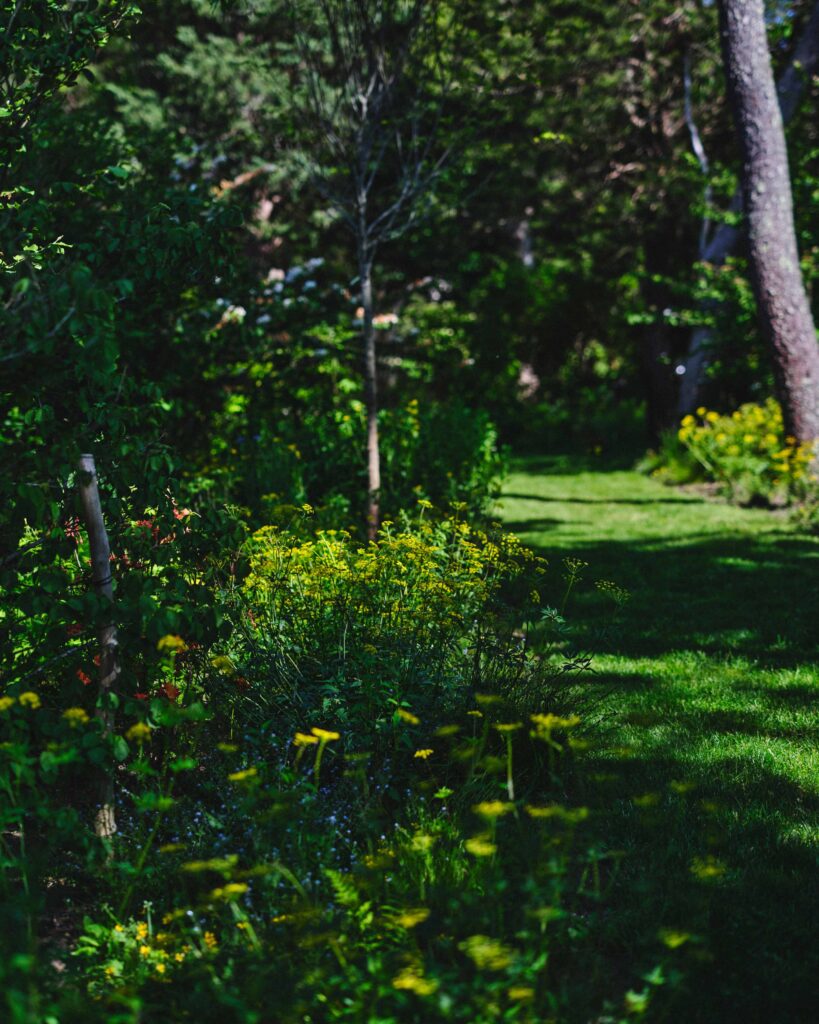
Banish tree volcanoes. These mulch cones aren’t just unattractive, they’re lethal. They essentially suffocate the tree by covering the root flare and starving the roots of oxygen. They can also rot the trunk. When planting new trees, always make sure to leave the root flare exposed. And then show off your artistry by filling the ground beneath the tree canopy with a carpet of native groundcovers like violets, bluets, and ferns, which will become a home of biodiversity.
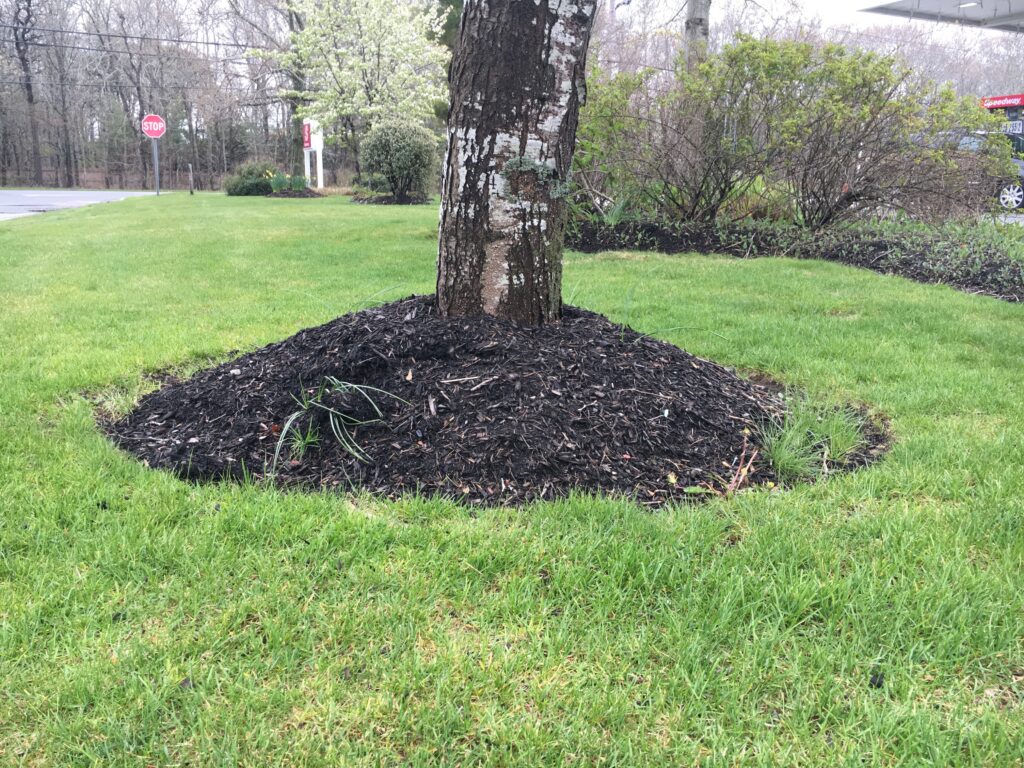
Mulch volcanoes: the bane of suburban existence. Landscapers often add insult to injury when they dump more mulch every year as part of spring routines. Put a stop to it by talking with your landscaper.
Say it with me: I’m Not Buying it. Boycott bagged soil blends made with peat. This vital, nonrenewable natural resource contains 25% of the worlds carbon stock—twice the amount contained in the world’s forests. Choose peat-free mixes that use alternatives like coconut coir and rice hulls. The New York-based staff at Perfect Earth reaches for Organic Mechanics, but seek out local blends to minimize shipping.
Don’t freak out over nibbled leaves. When you want to reach for the spray—even an organic one—whisper some words of wisdom to yourself and “Let It Be.” Natural predators will come and take care of pests—especially if your yard is a diverse ecosystem, says von Gal. We all know that monarch butterflies need to eat milkweed to survive. But that colorful caterpillar noshing on an oak leaf could become breakfast for a Rose-breasted Grosbeak. Lady bug larvae will chow down on aphids. Lacewings will feast on mealybugs. Learn what these insects look like at different stages of their lifeforms, so you’ll recognize when the cavalry approaches. Be patient and let nature take care of itself.
Stop fetishizing plants from far away locales. There is a wild and wonderful world of native plants just outside our doors that will help our ecosystems thrive. Don’t worry, we’re not asking you to tear out your entire garden and be purists; Simply incorporate more native plants into your existing landscape. Aim for about 70%—or two-thirds for the birds, as we like to say at Perfect Earth Project. It’s the amount needed to support a healthy habitat. Visit native plant havens like Mt. Cuba Center in Delaware, Stoneleigh in Pennsylvania, Garden in the Woods in Massachusetts, Lady Bird Johnson Wildflower Center in Texas, and Theodore Payne in California for inspiration in your areas. Then ask your local nurseries to stock the varieties best for your ecoregion. The more we ask the more they’ll get the hint! Read about how Perfect Earth Partner Hilltop Hanover Farm is saving native plant seeds for future generations.
The native eastern columbine (Aquilegia canadensis) is a welcome addition to woodland gardens in the Northeast. Hummingbirds, bees, and butterflies visit for nectar and birds, like goldfinches and indigo buntings, stop to nosh on the seeds. Photo by Melissa Ozawa.
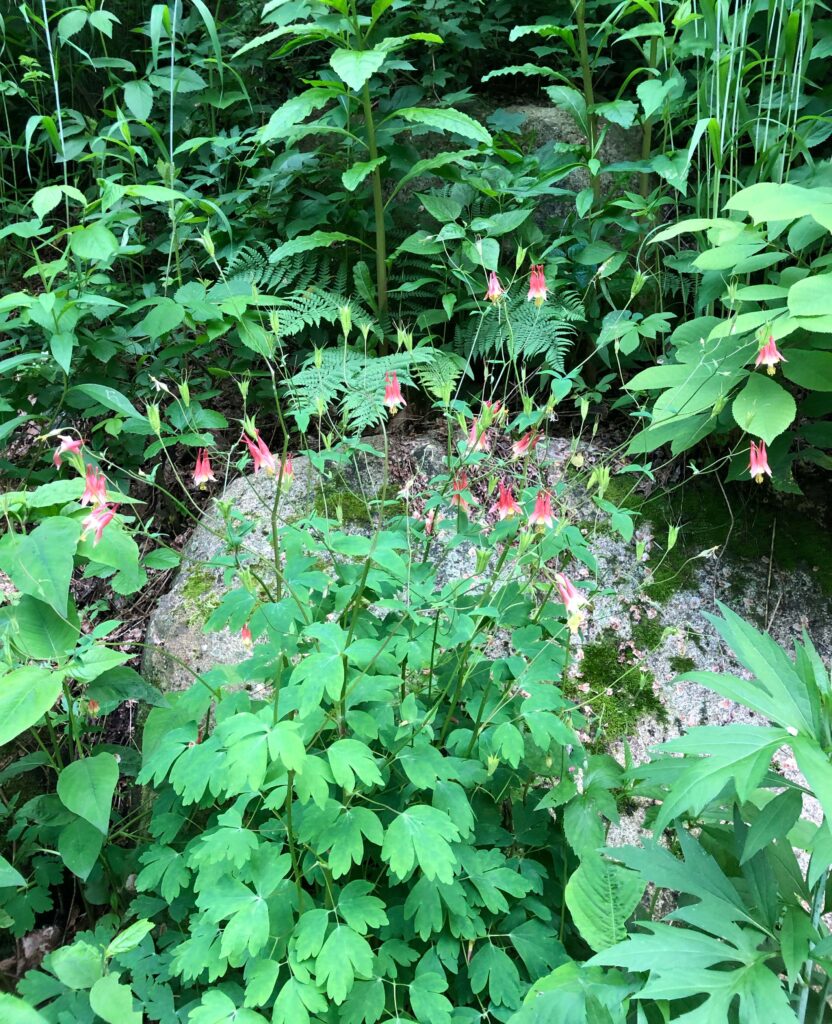
Breakup with the gas-powered leaf blower and mower—for good. Think about trying an electric robot mower. “It’s a new way to mow that is winning over hearts of the environmentally conscious and the lawn care industry,” says von Gal, whose interest in them has been piqued. These mowers work within an area set by underground wire, similar to a dog fence, and can run (silently!) every day. Owner of landscape design and build firm Piazza Horticultural and Perfect Earth board member Tony Piazza has used them with great success. “The razor-sharp blades produce clippings only two millimeters,” says Piazza. “They decompose in the lawn quickly creating a nitrogen-rich fertilizer, which results in a full, lush lawn.” Read more about robot mowers in Mowbot and Me, Edwina von Gal’s recent Radicle Thinking.
